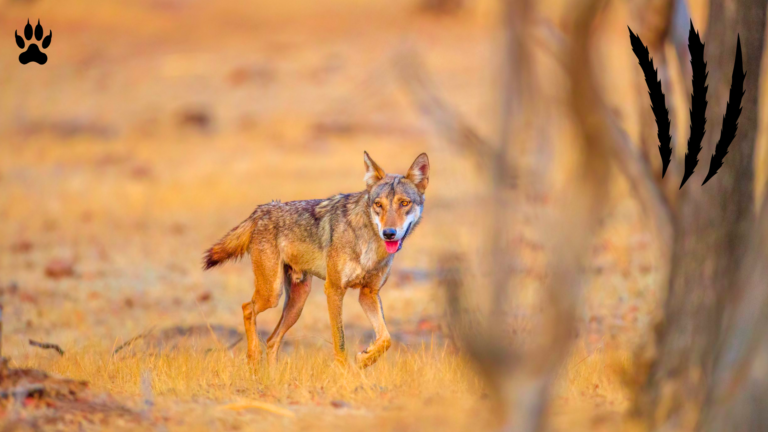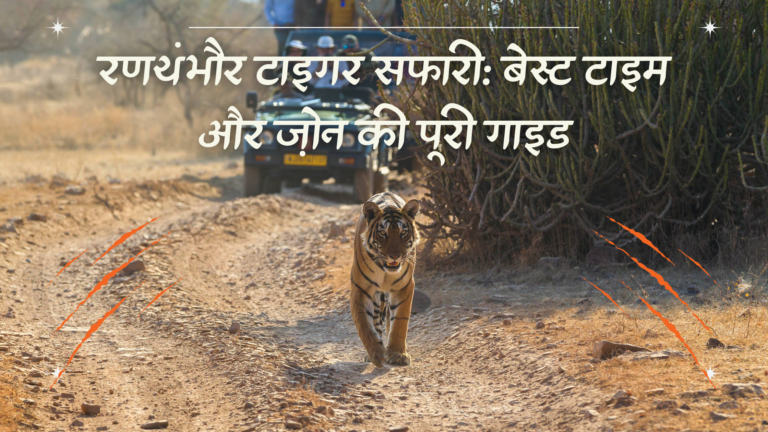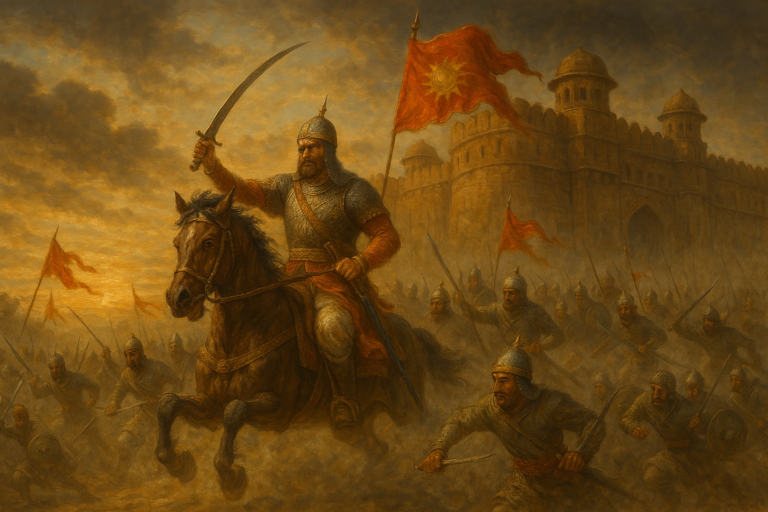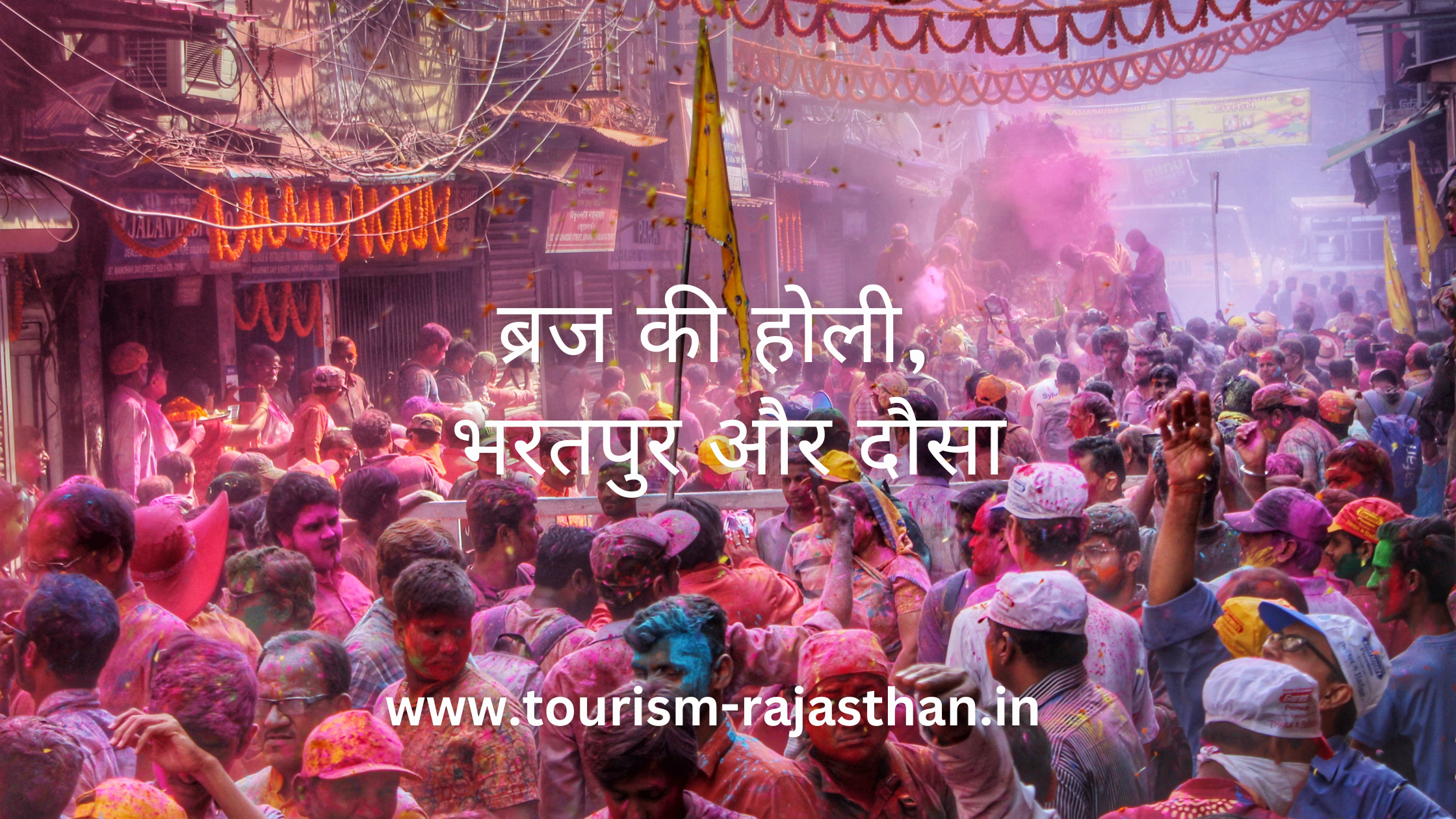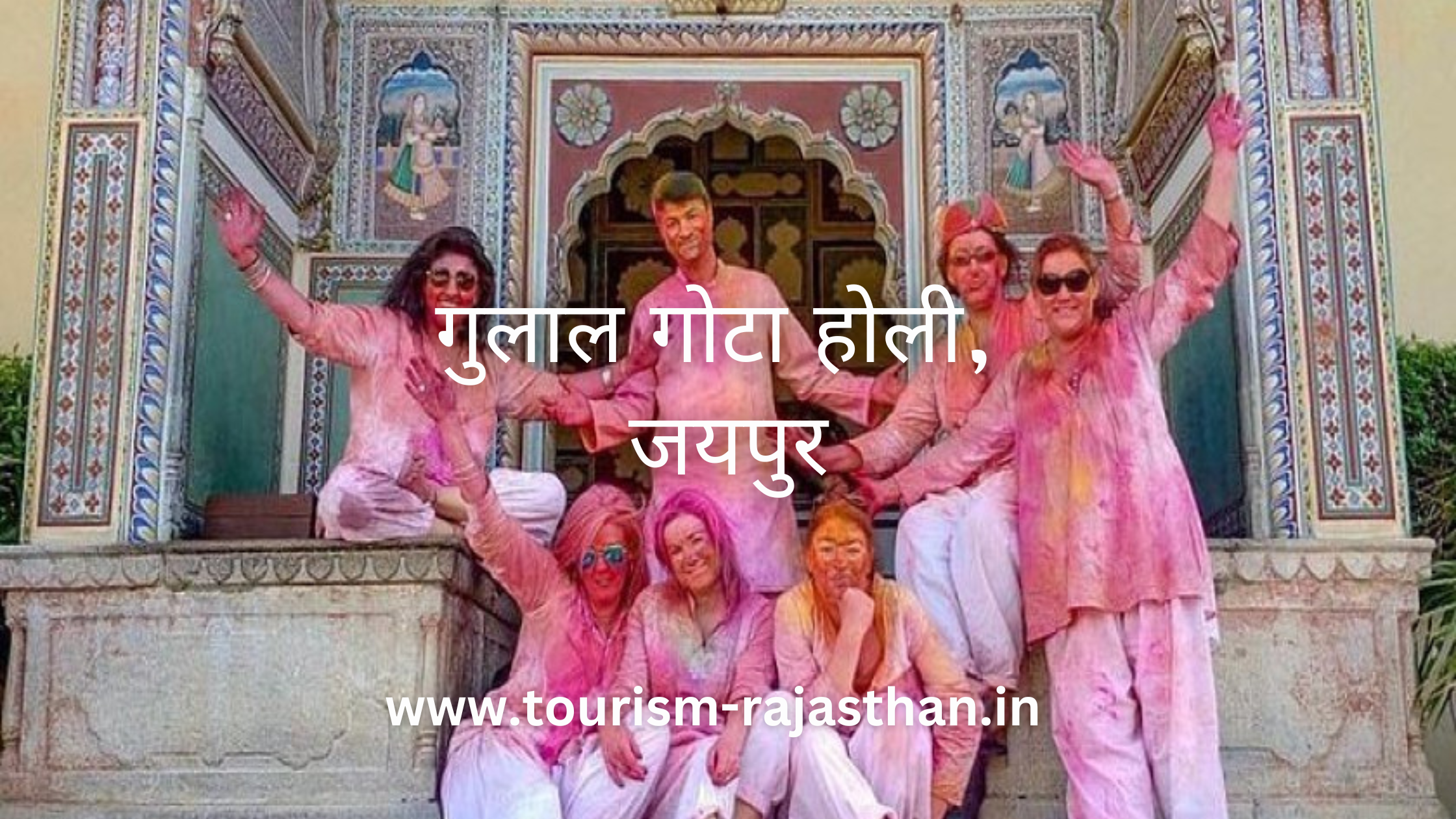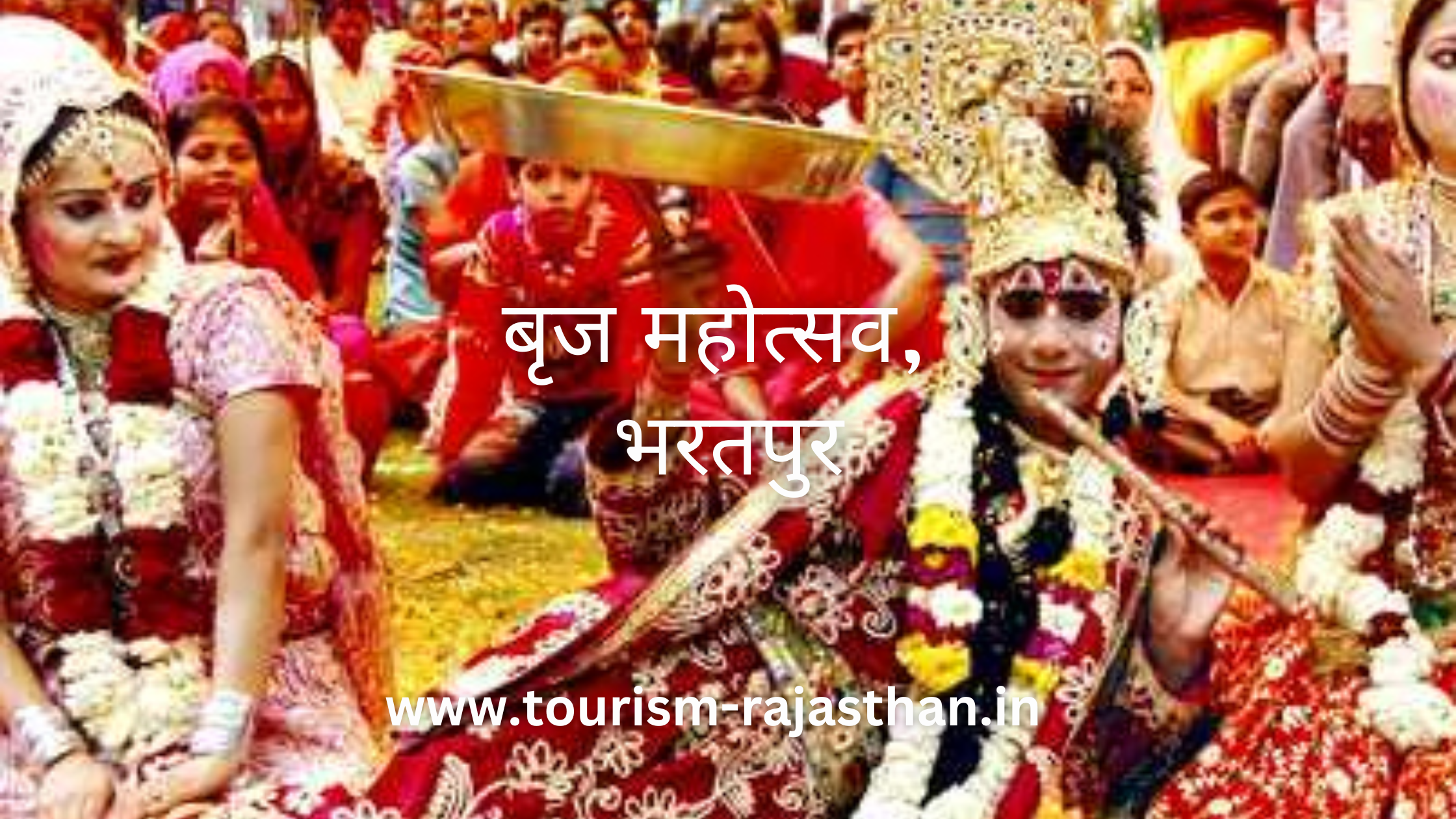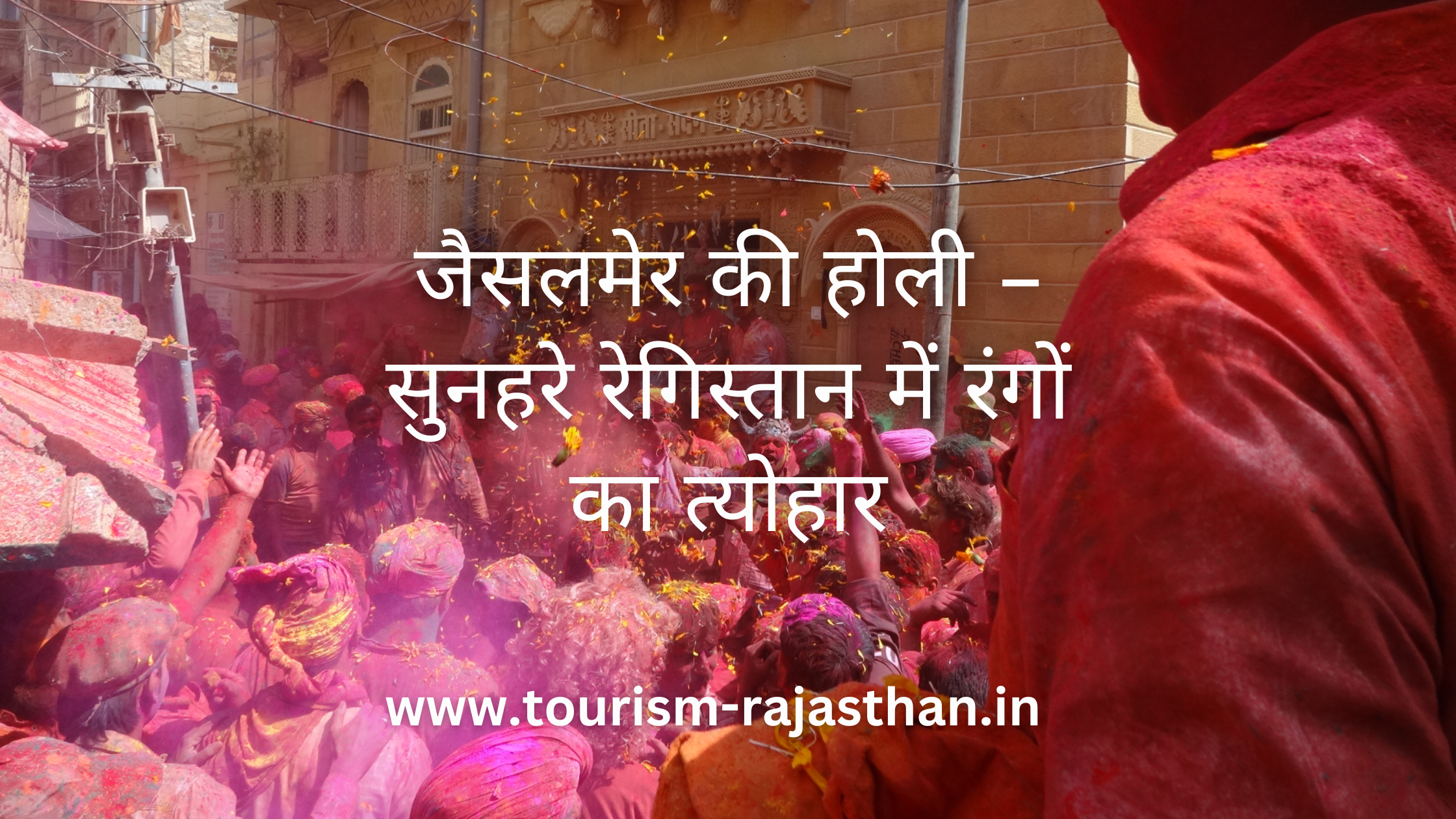Rajasthan, often dubbed the “Land of Kings,” is known for its arid landscapes, golden deserts, and majestic forts. But amidst this rugged terrain flows an unsung lifeline—the rivers in Rajasthan and their tributory networks. These rivers not only sustain life in one of India’s driest states but also nurture its culture, agriculture, and biodiversity. Let’s uncover the fascinating hydrological puzzle that breathes life into this royal desert.
Outline for “Rivers in Rajasthan and their Tributory”
| Section | Sub-Headings |
|---|
| Introduction | Rajasthan’s Arid Geography and Importance of Rivers |
| Major Rivers of Rajasthan | Chambal River, Banas River, Luni River, Mahi River, Ghaggar River |
| Chambal River System | Origin, Flow Path, Tributaries (Kali Sindh, Parbati, Mej), Historical Importance |
| Banas River System | Seasonal Flow, Tributaries (Berach, Menali), Impact on Agriculture |
| Luni River System | Flow in Arid Zones, Tributaries (Sukri, Jawai), Salinity Issues |
| Mahi River System | Origin and Entry in Rajasthan, Tributaries, Hydro Projects |
| Ghaggar-Hakra River System | Ancient River, Tributaries, Archaeological Significance |
| Seasonal and Ephemeral Rivers | Sabarmati, Saraswati, Mithari, Krishnavati |
| Water Catchment Areas | Importance in Rainwater Harvesting, River Basins |
| Rivers and Agriculture | Irrigation Canals, Soil Fertility, Dams and Barrages |
| Dams on Rajasthan Rivers | Bisalpur, Jawai Dam, Rana Pratap Sagar |
| Rivers and Urban Water Supply | Jaipur, Udaipur, Jodhpur’s Water Dependence |
| Interstate River Water Disputes | Chambal Water Sharing, Interlinking Projects |
| Cultural and Religious Significance | Riverbank Temples, Ritual Practices |
| Wildlife and Biodiversity | Chambal’s Crocodiles, Wetlands near Rivers |
| Pollution and Environmental Challenges | Urban Waste, Industrial Effluents |
| Climate Change Impact | Rainfall Patterns, River Drying Trends |
| Flood and Drought Patterns | Monsoon Influence, Seasonal River Flow Patterns |
| Traditional Water Management Systems | Baoris, Johads, River-fed Stepwells |
| Historical Role of Rivers | Settlements and Trade Routes along Rivers |
| Future of River Conservation in Rajasthan | Restoration Projects, Policy Measures |
| Rivers and Tourism | River Safaris, Heritage Walks near Rivers |
| Mapping the Rivers of Rajasthan | River Map Overview with Tributory Flow |
| Comparison with Rivers in Other Indian States | How Rajasthan’s Rivers Differ |
| The Role of NGOs and Local Communities | Revival Projects, Awareness Drives |
| Case Study: Revival of the Dravyavati River | From Nala to River – A Transformation |
| Importance of Tributaries in Water Distribution | Micro-Watersheds and River Linking |
| Groundwater Recharge through River Systems | Aquifer Replenishment in Riverbeds |
| River Festivals and Fairs in Rajasthan | Cultural Celebrations Around Rivers |
| Conclusion | Rivers as the Arteries of Rajasthan’s Resilience |
| FAQs | Answering Common Questions about Rivers in Rajasthan |
| Inbound and Outbound Link Suggestions | For Enhanced SEO and Reader Navigation |
Rivers in Rajasthan and their Tributory
Despite being one of India’s driest states, Rajasthan’s rivers form a remarkable network that ensures survival, sustenance, and continuity. Unlike the perennial rivers of northern India, most of Rajasthan’s rivers are seasonal—fed mainly by monsoon rains and often flowing into saline lakes or disappearing into the desert sands.
Interestingly, these rivers defy the typical flow direction of Indian rivers. Many flow from the southeast to the northwest—eventually draining into the desert instead of the sea. This peculiar hydrology makes the rivers in Rajasthan and their tributory systems not just unique, but vital to the entire ecosystem.
Let’s embark on a detailed exploration of each major river and its tributaries.
Chambal River and Its Tributories
The Chambal River is Rajasthan’s lifeline and one of the few perennial rivers in the state. Originating in Madhya Pradesh from the Vindhya range, it traverses through Rajasthan before merging with the Yamuna.
Major tributaries:
- Kali Sindh: Joins Chambal in Kota, flows from Madhya Pradesh.
- Parbati River: A seasonal tributary entering Rajasthan near Baran.
- Mej River: Vital for irrigation in Bundi and Bhilwara districts.
Historically feared as the haven of bandits, Chambal today is a sanctuary—home to gharials, dolphins, and turtles in its ravines. Several hydroelectric and irrigation projects like the Gandhi Sagar and Rana Pratap Sagar Dams operate on it.
Banas River and Its Tributories
Flowing entirely within Rajasthan, the Banas is a tributary of Chambal, yet significant in its own right. Originating in the Khamnor Hills near Kumbhalgarh, it travels through Udaipur and Tonk before meeting the Chambal.
Key tributaries include:
- Berach River: Flows through Chittorgarh and joins Banas at Mandalgarh.
- Menali River: Enhances irrigation in Bhilwara.
The Banas remains dry for much of the year but turns into a raging river during the monsoon. It supports agriculture and drinking water supply in eastern Rajasthan.
Luni River and Its Tributories
Often called the “Salt River,” Luni is the most prominent river in western Rajasthan. Originating near Pushkar, it flows through the Thar Desert and ends in the Rann of Kutch.
Tributaries:
- Sukri River (two versions): One joins it in Pali, another in Jalore.
- Jawai River: Key for the Jawai Dam, vital to Sirohi and Pali.
Luni is saline in most stretches, making it unsuitable for drinking but useful for certain crops and livestock. It is prone to flash floods due to poor infiltration.
Mahi River and Its Tributories
Mahi enters Rajasthan from Madhya Pradesh and re-enters Gujarat. A vital river for southern Rajasthan, it is one of the few rivers that cross the Tropic of Cancer twice!
Tributaries:
- Som River: Joins Mahi near Dungarpur.
- Jakham River: A small but important stream for irrigation.
Mahi Bajaj Sagar Dam is a major project on this river providing power and irrigation. Unlike Luni, Mahi has sweet water and supports multiple agro-industries.
Ghaggar-Hakra River
This mysterious, seasonal river is believed by many archaeologists to be the mythical Saraswati. It flows through northern Rajasthan, vanishing into the Thar desert near Hanumangarh.
Tributaries:
- Sarsuti and Tangri: From Haryana, drain into Ghaggar.
Ghaggar’s dry beds are dotted with ancient Indus Valley Civilization sites like Kalibangan. Its seasonal flooding replenishes local aquifers.
(Continued in next message…)
Seasonal and Ephemeral Rivers of Rajasthan
While the major rivers dominate headlines, Rajasthan’s seasonal rivers quietly shape the landscape. These ephemeral rivers only flow during the monsoon, yet they are integral to water recharge and traditional water systems.
Some key seasonal rivers:
- Sabarmati: Though mostly in Gujarat, parts of it traverse Rajasthan near Udaipur.
- Saraswati: A lost river, possibly linked with the Ghaggar.
- Mithari River: Flows through Jodhpur and Pali, joins the Luni.
- Krishnavati: An ancient stream, largely dry, flows near Alwar and Bharatpur.
These rivers are often used in rainwater harvesting, recharging tanks and wells en route.
Catchment Areas and River Basins
Rajasthan is divided into 13 river basins, including:
- Chambal Basin
- Luni Basin
- Mahi Basin
- Banas Basin
Catchment areas are crucial for understanding rainfall distribution and water availability. Watershed development programs focus on rejuvenating these basins through afforestation, contour trenching, and village-level check dams.
Rivers and Rajasthan’s Agriculture
Given the erratic rainfall, rivers and their tributories act as lifelines for agriculture. Canal systems like the Chambal Canal and the Indira Gandhi Canal (fed by Sutlej–Beas) irrigate large areas in Kota, Bharatpur, and Bikaner.
Regions around Berach and Banas are known for high wheat, mustard, and vegetable yields. Traditional irrigation like “khet talai” (farm ponds) complements river-fed irrigation.
Famous Dams on Rivers of Rajasthan
Dams regulate flow and serve irrigation and urban water needs. Major ones include:
| Dam | River | Purpose |
|---|
| Bisalpur Dam | Banas | Drinking water to Jaipur, Ajmer |
| Jawai Dam | Jawai River (Luni tributary) | Irrigation and flood control |
| Rana Pratap Sagar | Chambal | Hydroelectricity and irrigation |
| Mahi Bajaj Sagar | Mahi | Agriculture, power |
| Meja Dam | Mej (Chambal tributary) | Irrigation, Bhilwara supply |
Urban Water Supply and River Dependence
Major cities like Jaipur, Jodhpur, and Udaipur depend on rivers and dams:
- Jaipur: Primarily from Bisalpur Dam (Banas River)
- Jodhpur: Feeds from Indira Gandhi Canal and Luni-based systems
- Udaipur: Gets water from Jaisamand Lake and Pichola Lake, both river-fed
Urban growth has put pressure on river systems, prompting the need for smart water management.
River Water Disputes and Interstate Sharing
While not as controversial as Ganga-Cauvery disputes, Rajasthan faces interstate river water disputes, particularly:
- Chambal water sharing with Madhya Pradesh and Uttar Pradesh
- Mahi river management involving Gujarat
- Future prospects of river interlinking for drought-prone regions
Effective diplomacy and water-sharing treaties are vital for peace and prosperity.
Cultural Significance of Rivers
In Rajasthan, rivers are not just water sources—they’re sacred. Ghats on Chambal and Banas host festivals, while temples line their banks. Pilgrims throng to ghats at:
- Chambal River in Kota
- Pushkar Lake, fed by seasonal streams
- Beneshwar Dham, at the Mahi-Som confluence
These rivers form the heart of spiritual life and continue to inspire devotion.
Rivers and Biodiversity
Rivers like Chambal are designated protected sanctuaries, with rare species like:
- Gharial (critically endangered)
- Indian Skimmer
- River Dolphin
Wetlands like Sambhar Lake, though saline, are critical for migratory birds. River-fed ecosystems sustain grasslands, wetlands, and scrub forests.
Environmental Concerns and Pollution
Despite their importance, rivers in Rajasthan face:
- Pollution from urban sewage and industrial waste
- Sand mining in riverbeds
- Encroachment and illegal constructions
Rivers like the Dravyavati (Amanishah Nala) were once flowing streams, now reduced to drainage lines.
Impact of Climate Change on Rajasthan Rivers
Climate patterns have altered significantly:
- Less frequent but intense rainfall
- Rivers drying earlier
- Extended drought cycles
These changes threaten water security, biodiversity, and agriculture. Adaptation strategies include river restoration, tank desilting, and afforestation.
Flood and Drought: Dual Challenges
Ironically, rivers cause both drought and floods. While the Luni often dries up in summer, it can flood Jalore during sudden monsoons. Flood forecasting and embankments are being built, but more needs to be done for resilience.
Traditional River Management Techniques
Ancient Rajasthan thrived due to local water wisdom:
- Johads: Earthen bunds collecting runoff
- Baoris and Stepwells: River-fed, community-managed
- Nadis and Talabs: Storage ponds linked to river overflow
Communities were custodians of rivers—an approach worth revisiting today.
(Final part with FAQs and links coming next…)
Historical Importance of Rivers in Settlement and Trade
Centuries ago, towns and forts were built along rivers—evidence that they were key to prosperity. Cities like Kota (on Chambal), Chittorgarh (near Berach), and Jodhpur (near Luni) developed due to water access.
Rivers also acted as trade routes, connecting interior Rajasthan to Gujarat’s ports. They enabled the rise of civilizations and sustained rural economies.
Future of River Conservation in Rajasthan
Hope floats in the form of:
- Dravyavati River Rejuvenation in Jaipur—a major success in urban river revival
- Rainwater harvesting mandates in cities
- Public-private river clean-up drives
- Projects like “Mukhya Mantri Jal Swavlamban Abhiyan” aimed at river catchment restoration
Eco-sensitive planning, community engagement, and tech-enabled monitoring are the way forward.
Rivers and Tourism in Rajasthan
Rivers now attract more than just farmers and fishermen—they lure tourists. Experiences gaining traction:
- Chambal River Safari in Kota
- Lakeside strolls in Udaipur (fed by river systems)
- Bird-watching near river-fed wetlands
Cultural festivals near rivers—like Beneshwar Fair—draw pilgrims and tourists alike.
Tributaries: The Veins of River Systems
It’s easy to focus on the main river, but tributaries play a silent, powerful role in water distribution and flood moderation. For example:
- Kali Sindh and Parbati feed Chambal during lean periods
- Berach enables rice cultivation in its plains
- Sukri and Jawai give Luni its strength
Reviving these tributaries is essential for comprehensive river management.
Groundwater Recharge and Aquifers
Many rivers, especially seasonal ones, seep water underground. This recharges aquifers that feed wells in rural areas. Constructing check dams and percolation tanks on tributaries helps in maintaining year-round groundwater availability.
River Festivals and Celebrations
Rajasthan’s spiritual connection with rivers is deeply rooted:
- Pushkar Fair on river-fed lake
- Beneshwar Mela at river confluence
- Teej and Gangaur celebrations near riverbanks
Such events reinforce the role of rivers in cultural identity and heritage.
Rivers Are Rajasthan’s True Lifelines
Though Rajasthan is defined by desert and drought, its true resilience lies in its rivers and their tributories. They may not roar with Himalayan might, but they hum with life. From sustaining crops to inspiring myths, these rivers are the arteries of Rajasthan’s existence.
They deserve respect, care, and revival—not just as water channels, but as living entities.

